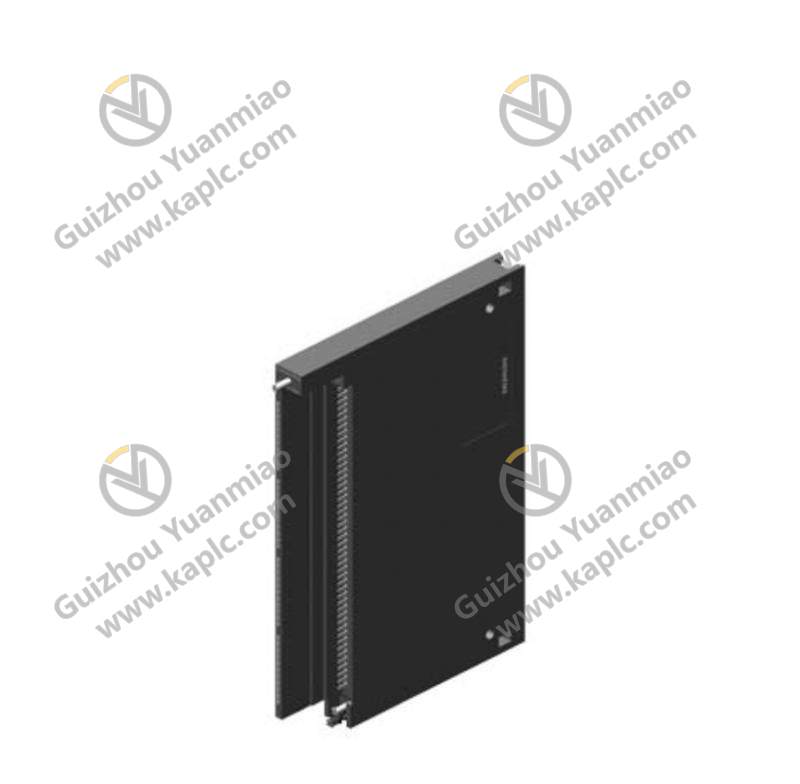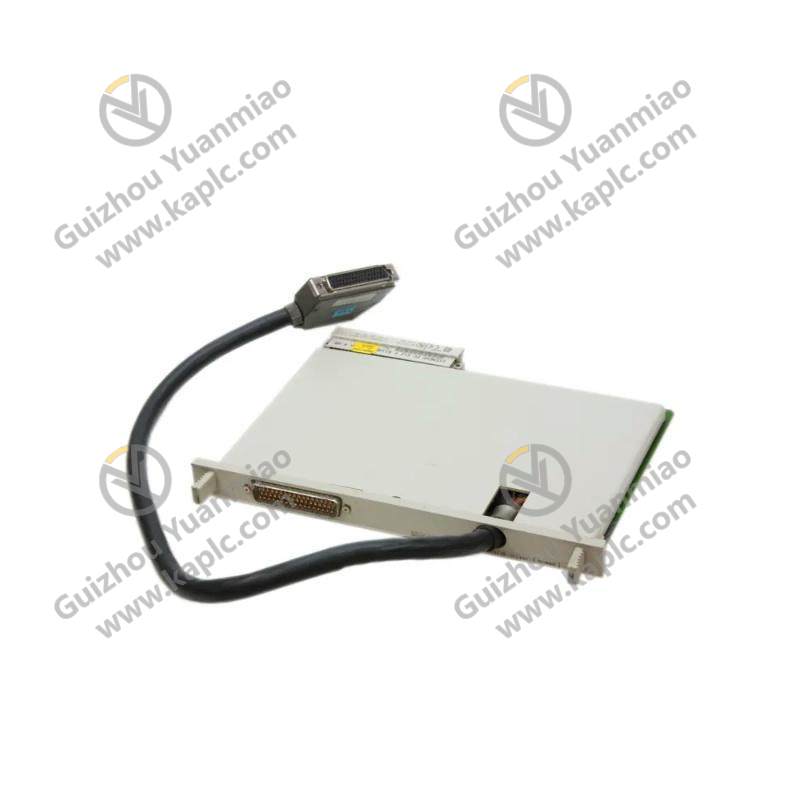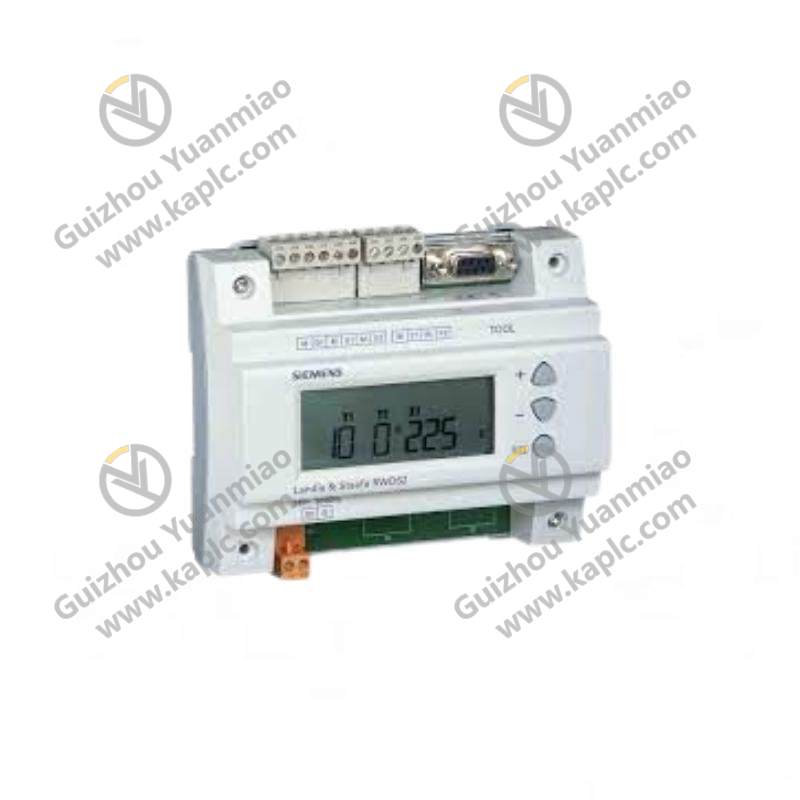SIEMENS S7-400H Sync Module 6ES7960-1AA06-0XA0, Industrial Control
Model Type:S7-400H
Model Number:6ES7960-1AA06-0XA0
Manufacturer:SIEMENS
Net Weight:0.059 Kg
Packaging Dimensions:7.80 x 13.70 x 5.10 cm
Module Type:Sync Module
Operating Voltage Range:208-240 VAC
Frequency Compatibility:0.1~600 Hz
Communication Interface:Built-in PLC Function
Protection Features:Nominal Input VAC: 208;240 Volts AC
Maximum Current Draw:4.2 Amps
Installation Type:Modular & Compact Design
Fieldbus Compatibility:Optional Fieldbus Modules (DeviceNet, Profibus, LonWorks, CANopen)
This synchronization module from SIEMENS is meticulously engineered for seamless integration into complex industrial automation networks, ensuring high-precision timing and efficient data exchange. With its robust design and adherence to industry standards, it's an indispensable tool for enhancing system reliability and operational efficiency.
Featuring advanced EMI filtering capabilities, this module safeguards against electrical interference, guaranteeing uninterrupted performance even in demanding environments. Its modular construction allows for easy installation and integration, making it suitable for a wide range of industrial applications.
Designed with precision and reliability in mind, the SIEMENS 6ES7960-1AA06-0XA0 synchronization module is equipped with state-of-the-art technology to facilitate smooth communication between various control systems. It supports long-distance data transmission without compromising accuracy or speed, making it an optimal choice for manufacturers seeking to optimize their production processes.
Built to withstand the rigors of industrial settings, this synchronization module boasts a compact yet sturdy design, ensuring durability and longevity. Its compatibility with routed cables up to 10 km makes it ideal for expansive manufacturing facilities where precise time synchronization is crucial for operational efficiency.
With a focus on user convenience and ease of integration, the SIEMENS synchronization module simplifies the setup process, enabling technicians to quickly and efficiently incorporate it into existing systems. This streamlined approach not only reduces downtime but also enhances overall productivity by minimizing maintenance requirements and maximizing system uptime.












